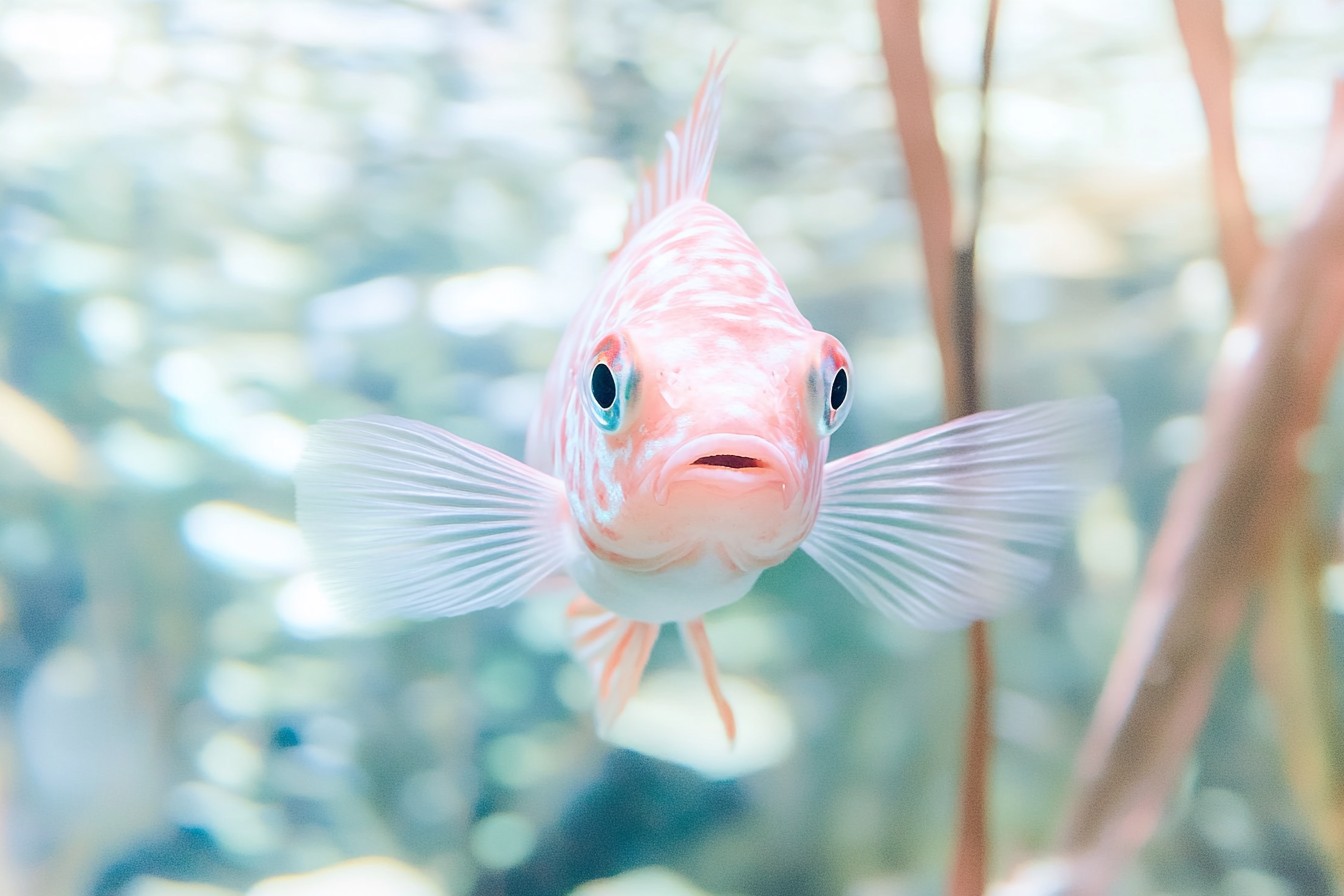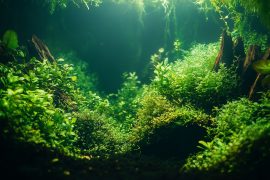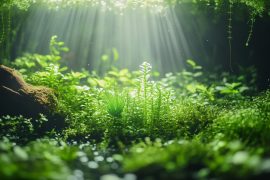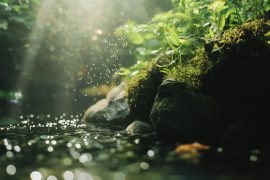I have made a plethora of mistakes throughout the years of this hobby. For instance, I added a school of silver dollars to my carefully curated tank and woke up to what looked like an apocalyptic salad bar. Or the tranquil community tank that morphed into a water version of fight club after I added a “mellow” cichlid. Let’s not forget my most memorable blunder: setting up an exquisite nano tank with expensive rare micro-rasboras and watching them disappear into the filter intake due to not properly covering it. After twenty years and numerous fish, I have come to realize that choosing the right fish is more complex than just aesthetics, rather it is about considering the community in relation to the aquascape.
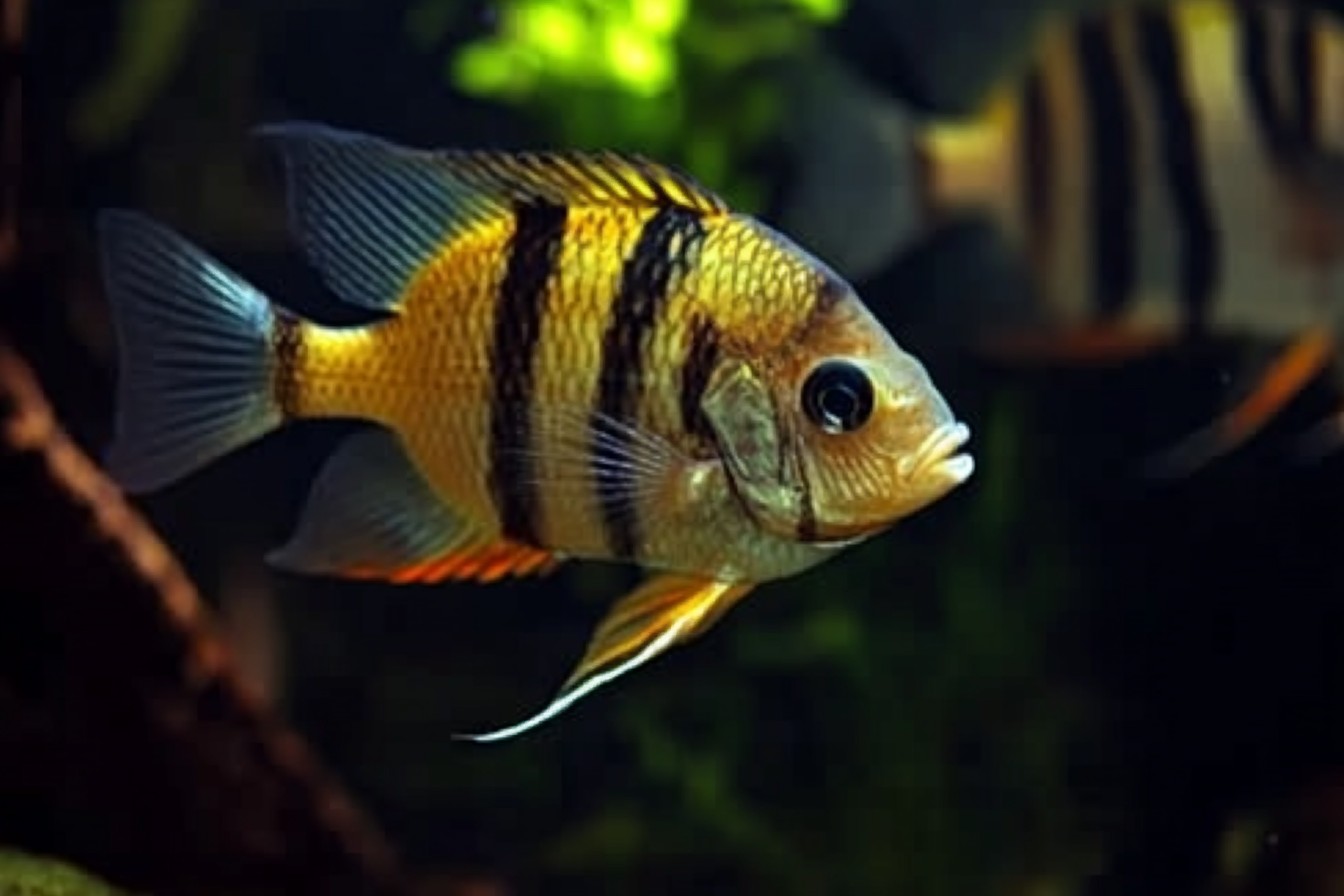
The fact of the matter is that fish are not decorations. They are the living, breathing heart of your aquarium, and treating them as mere splashes of color will ruin everything. Unfortunately, I learned this lesson the hard way, after creating what I thought was an exquisite aquascape: a lush Nature Aquarium-style layout featuring vibrant red and green plants arranged around sweeping driftwood, and to top it off, bright orange platies that complemented my carefully crafted color scheme. Those platies reproduced furiously, and within weeks my finely tuned ecosystem was absolutely flooded with gaudily colored fish that, frankly, looked nothing like their parents and completely overturned my color palette. More importantly, my bioload in relation to my system was unsustainable.
Now, I give the same level of attention to fish selection as I do to the hardscape layout. The first question is not, “What looks good?” but rather, “What works here?” This means taking into account the style of the aquascape, tank parameters, level of planting, and maintenance requirements well into the future before even thinking of adding a single fish.
With heavily planted aquascapes, choose fish species that will do well in those environments. My personal preferences include the smaller tetras, rasboras, and even certain species of pencilfish that move effortlessly through the plants. The image of ember tetras schooling and moving through a stem plant forest evokes a living flame that no static ornament could replicate. In my 40-gallon heavily planted tank, I have a mixed school of ember tetras and green neon tetras that strategically swim in and out of the plants, flashing like living jewels against the emerald background.
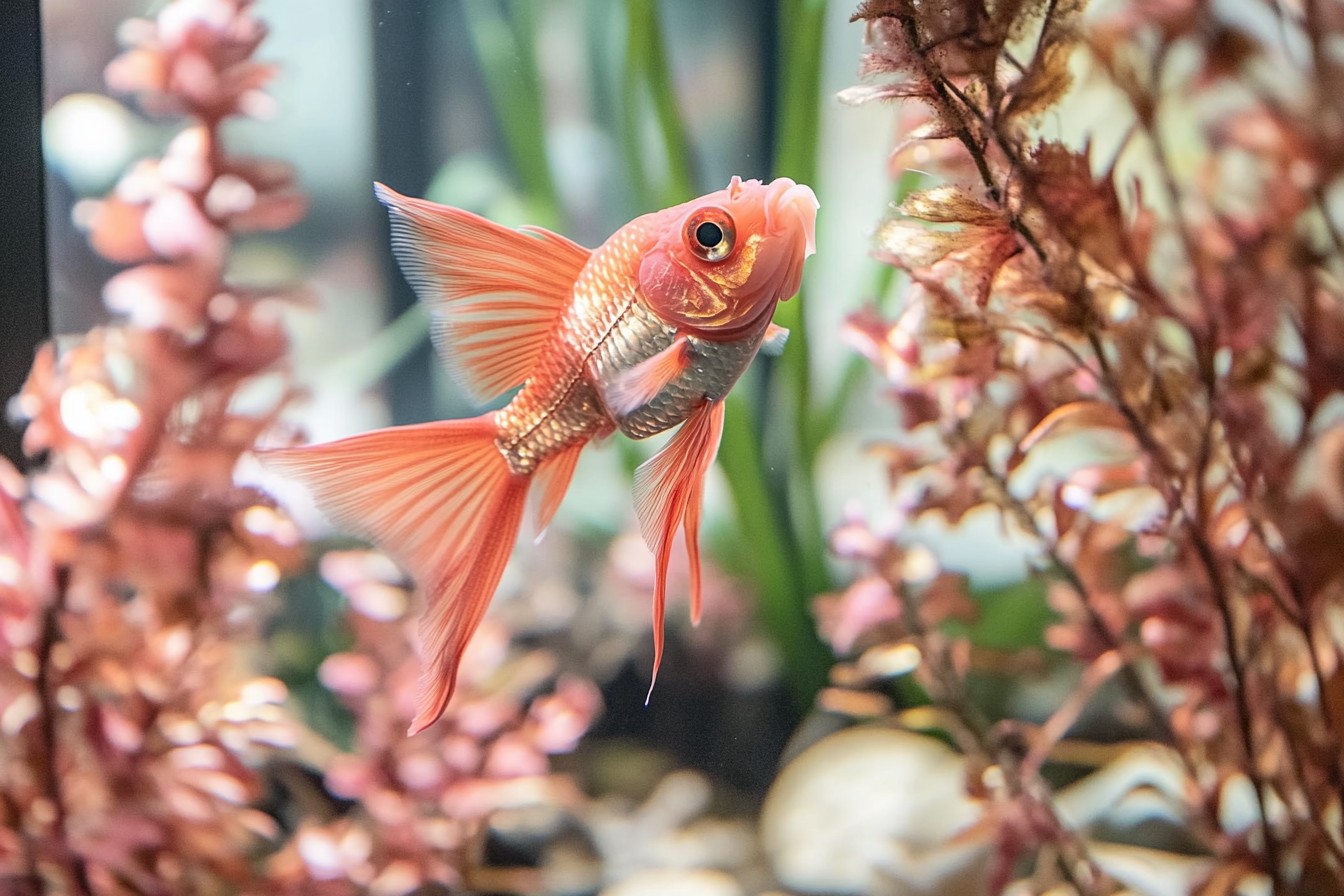
Open swimming spaces require completely different species of fish. I realized this when I recreated an Iwagumi-style layout – sparsely decorated, open, carpet plants and meticulously arranged stones. I had started with a semi-active shoal of shy harlequin rasboras that spent the majority of their time behind the few stones. The tank appeared desolate even with a lot of fish. Employing white cloud mountain minnows completely altered the perception of the space. These bold swimmers use every inch of open water and the constant movement draws the eye throughout the entire aquascape.
In addition to movement, consider the actions fish partake in. Bottom feeders such as kuhli loaches or corydoras provide activity to substrate regions that may otherwise be dormant. I keep a group of panda corydoras in my nature-style tank and their constant foraging among the plants prevents the substrate from looking stagnant. They are submerged cleaners with charming faces.
Another important factor, which I neglected for many years, is scale. I completed my first serious aquascape attempt in a 55 gallon tank featuring Takashi Amano’s nature style. I populated it with a school of twenty neon tetras, which should have been perfect based on compatibility and water parameters. Unfortunately, those tiny fish only became visually discernible in the context of enormous tank. The whole aesthetic was spoiled because the scale of the fish was not proportional to the scale of the aquascape. Now I keep a simple rule: smaller tanks get smaller fish, larger tanks get larger fish, or a significantly larger number of small fish.
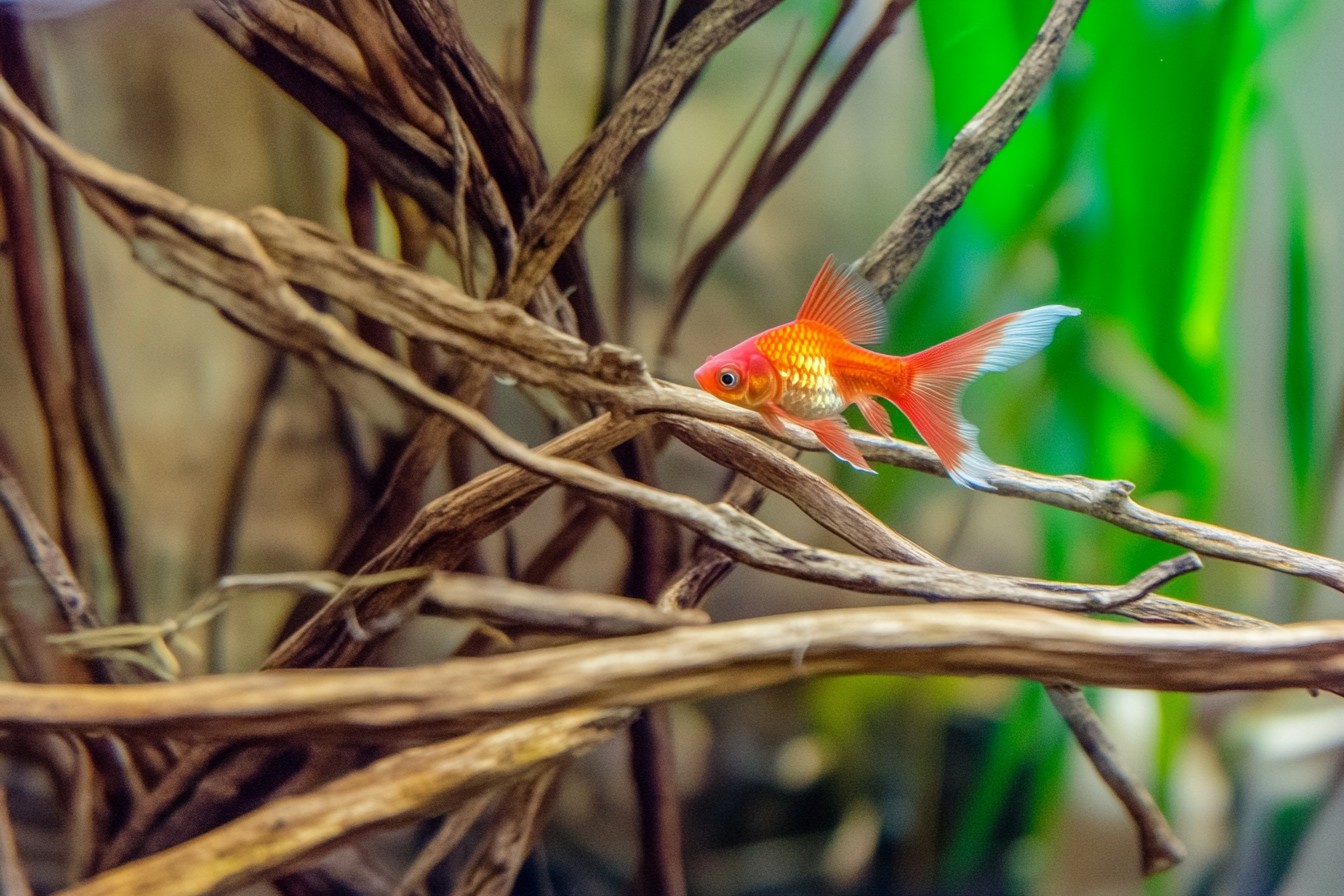
However, do not presume that larger tanks require larger fish. One of my most successful large aquascapes was a simple to set up with a school of over 100 green neon tetras. The addition of that living river of blue-green light flowing through the tank was much more effective than any single larger species. It’s all about visual mass – achieving a balance between the hardscape, plants, and fish.
Beginners might think it’s to do with adding color, but fish color theory does not work that way. Instead of matching fish to your decor like throw pillows, think of how they will stand out against the background. In my heavily planted tanks, I have scarlet bridgesii snails which contrast with the dense foliage and also blend with the rich brown water. In my blackwater tank with amber-colored, tannin-stained water and sparse aquatic plants, I keep cardinal tetras, whose subdued blue stripes become accentuated in the water.
Water parameters have an important role to play in keeping fish, even if some aquariums tend to disregard that fact. “This fish will adapt,” is a phrase that I loathe on hearing it time and time again. Indeed, it is true that many species have some level of adaptability, but this forced approach to keeping fish in captivation under unideal scenarios always leads to compromised lifespans and vibrance. Until I acquired a RO system, my options were limited because my tap water is literally rock – hard and alkaline. Now, I can keep discus and tetras that require softer water than my local source.
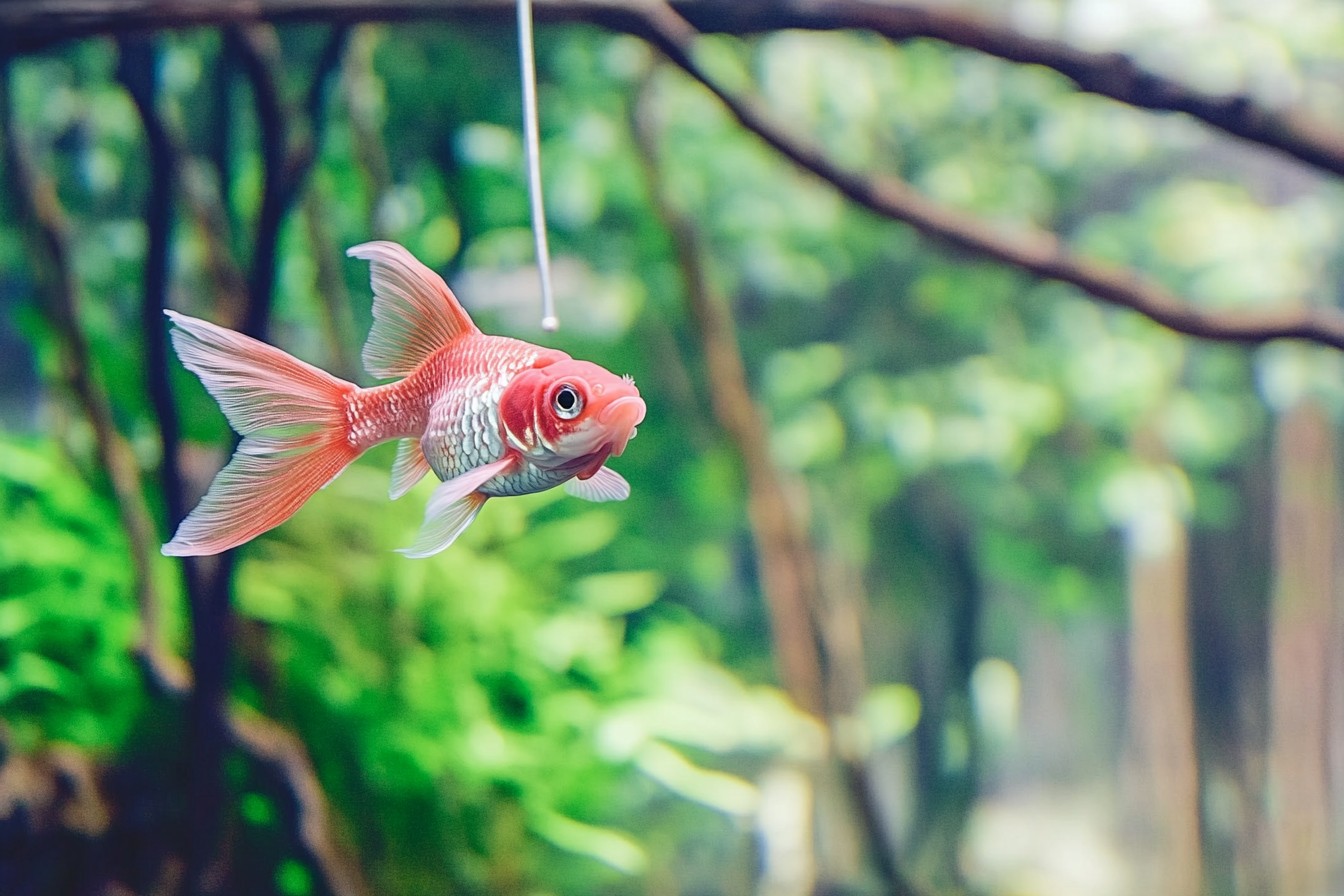
Speaking of natural water conditions, where possible, biotope-accurate communal sets may be considered. My South American blackwater tank hosts all species that can be found coexisting in their natural habitats; so, I keep cardinals tetras, black phantom tetras, and a pair of Apistogramma cacatuoides. This not only provides added spectacle of a slice of nature, but also these relatively peaceful species, despite being antagonistic to each other under normal circumstances, tend to coexist — and oh boy, the week-long drama was wild with the dominant Apistogramma pair establishing dominance.
Aquascape maintenance needs should also dictate your stocking choices. A few years ago during a busy period in my life, I set up a discus tank and used hardscape that wouldn’t collect too much debris and chose plants that didn’t require heavy trimming. The discus were stunning, but quite demanding in terms of their care; I was required to feed them daily while there were huge water changes required too. Careful consideration of the fish and aquascape’s maintenance routines simply didn’t align. I now ensure that the maintenance plan I’ve set aligns with the care required by the fish.
Every fish has a growth trajectory. That impossibly cute juvenile angel fish will eventually outgrow a hand-sized territory defender. The same thing happened to me with a pair of juvenile bristlenose plecos in a ten gallon tank. Temporarily they served as ideal fit for the tank’s algae problem, but two years later they became underwater bulldozers who rearranged the plants and hardscape every single night. Ensure that your stocking choices fit the approximate size of your fish if you intend to stock them with more mature forms.
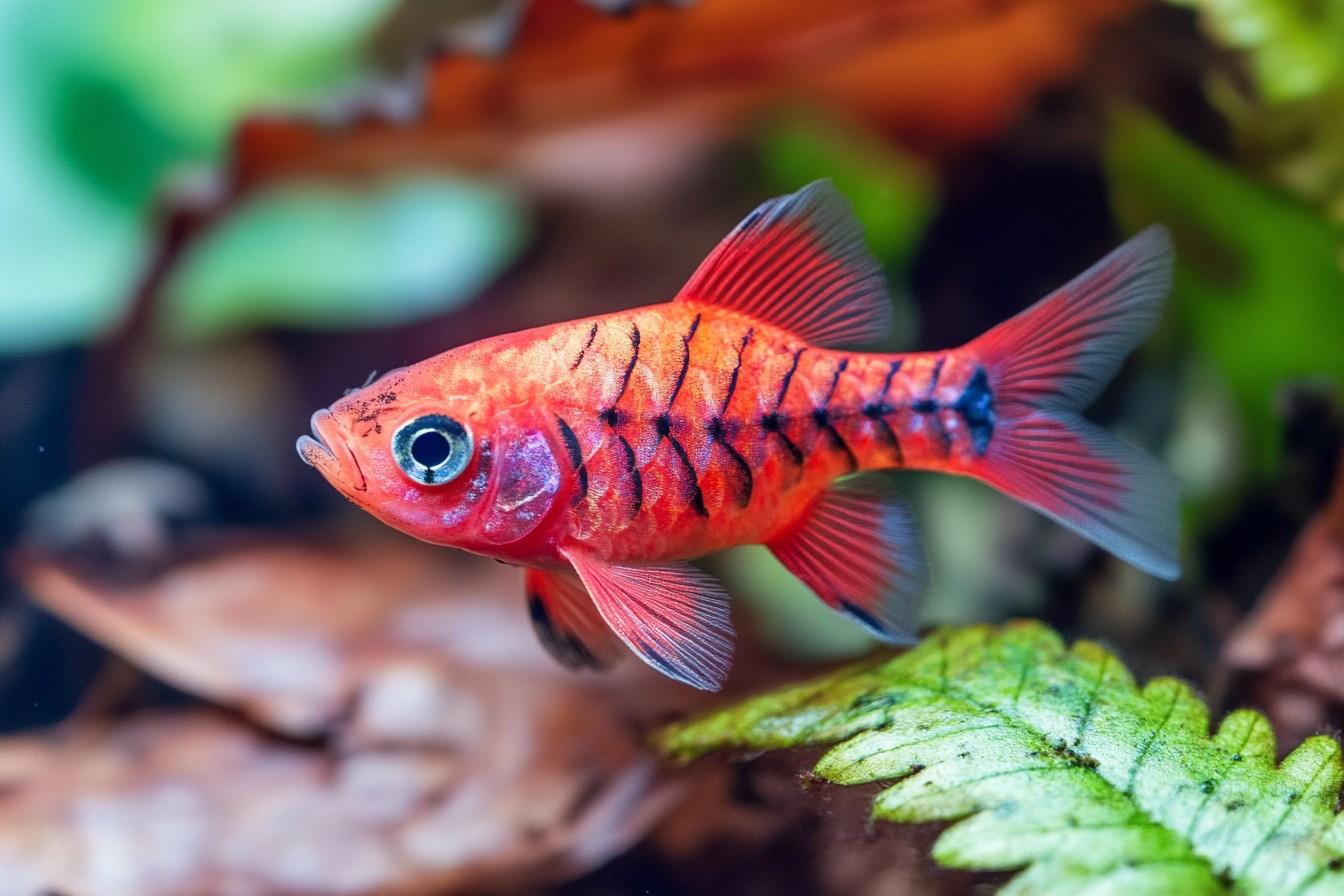
The combination of temperament traits is often the last element considered during the selection of a fish. A peaceful community can be transformed overnight with the addition of one more territorial species. There was once a tank in my apartment which displayed a pre-captivated community of tetras and dwarf gourami and looked like there’s peace all across the land. The addition of what was sold to me as a “peaceful” rainbow cichlid led to a tank bereft of life by morning, as all other fish were desperately hiding amongst the plants or cowering in corners.
If you are making an aquascape display that you want to capture in a photo, add fish that remain motionless randomly. This is simplistic phrase, but it took me numerous irritating photo shoots to understand that the choice of fish that never stopped moving meant that the beauty of the aquascape could not be captured. For showcase tanks, I now include some species such as dwarf gouramis or bettas that like to float photogenically among the plants.
In the very last instance, the ideal fish for your aquascape are those that not only ‘fit’ but also add to the tank’s atmosphere in a manner that assists the effect you’re attempting to achieve. In my Dutch-style aquarium, I keep a school of harlequin rasboras whose bronze bodies and black triangular markings harmonize with my aquascaping vision. My aquarium is characterized by its careful arrangement of different plant colors and texture, and rasboras add to the entire amalgamation.
Learning throughout the years, I’ve come to understand that the most captivating aquascapes are ones that use fish as the living feature, rather than the final ornament. And it is ideal when the fish and aquascape truly compliment each other. Every element must enhance the beauty of the fish, and provide them with a canvas to showcase their natural behaviors and colors. The achievement is something breathtaking the eye can feast upon, however, the function is of a self-sustaining, miniature ecosystem poised to reward your attention time after time. Sure does sound more appealing than an underwater life still, merely serving as an awe-inspiring relic fit for photography, doesn’t it?
